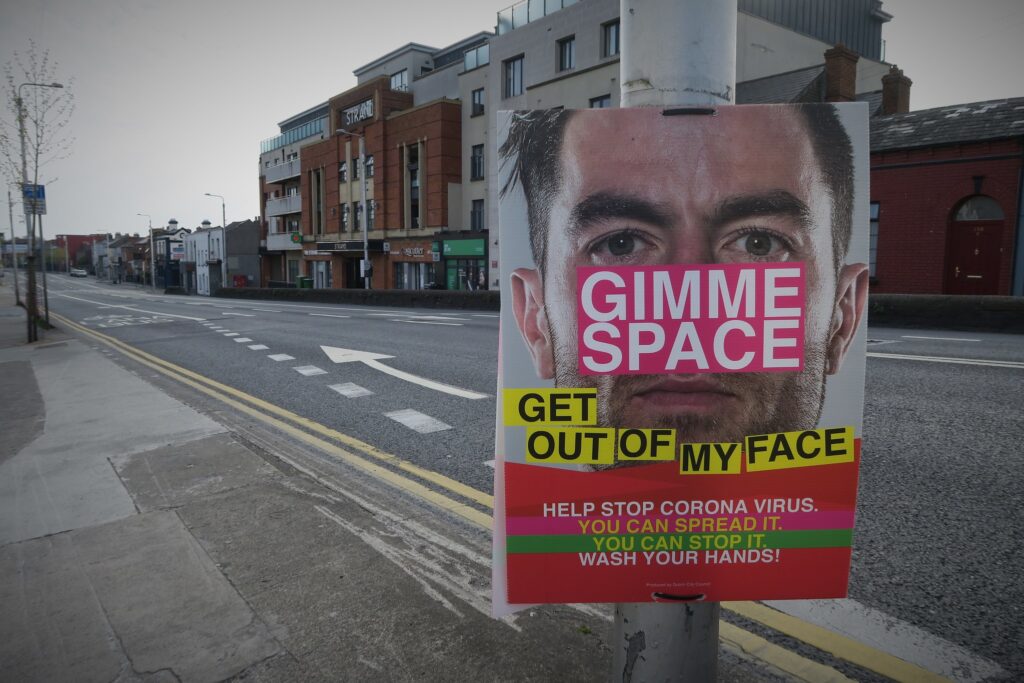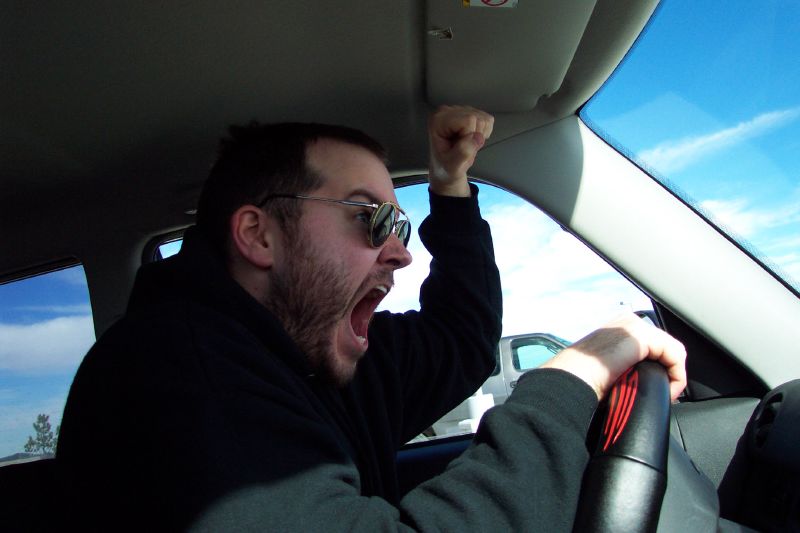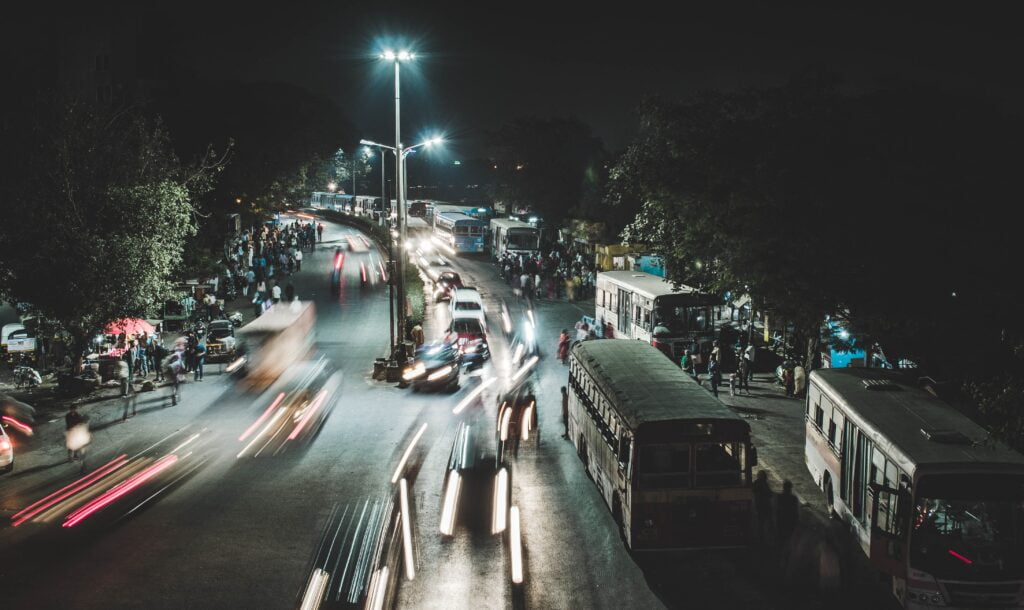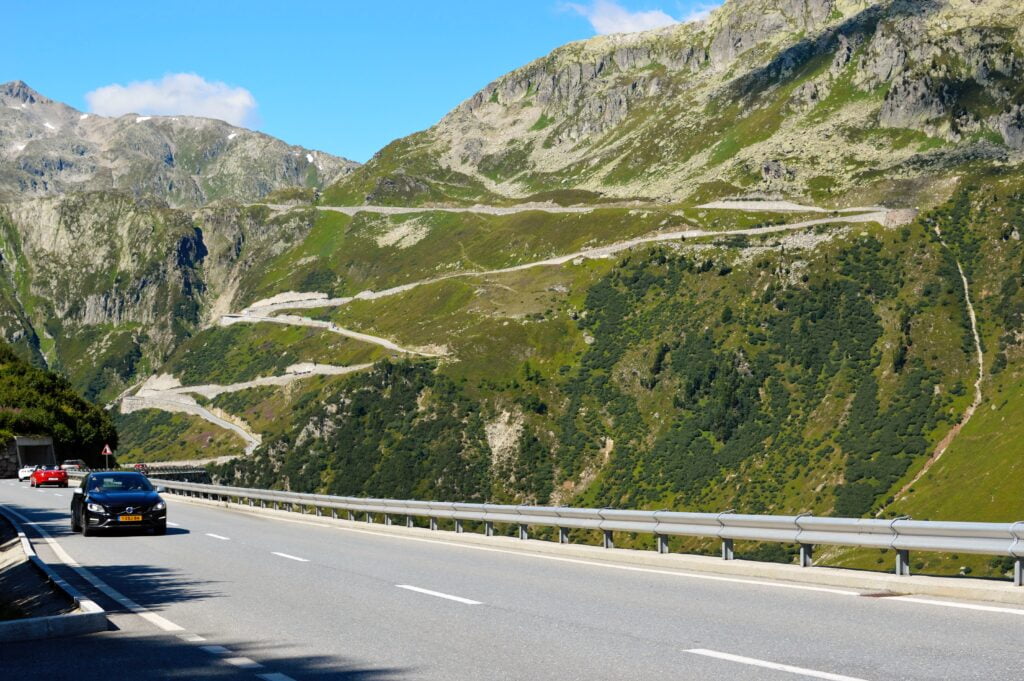We use cookies to improve your experience with Monash. For an optimal experience, we recommend you enable all cookies; alternatively, you can customise which cookies you’re happy for us to use. You may withdraw your consent at any time. To learn more, view our Website Terms and Conditions and Data Protection and Privacy Procedure.
On the road after COVID
Published on December 6, 2022In this Special Report: One devastating way lockdowns changed driver behaviour - Matthew G. Nagler, City College of New York Fixing India's deadly roads - Geetam Tiwari, Indian Institute of Technology This is what drives reckless behaviour on the road - Kira Mauseth, Seattle University Delivery drivers dicing with death - Evan Iacobucci and Noreen McDonald, University of North Carolina Road deaths are like a pandemic - Sarah Jane Fox, Leicester University
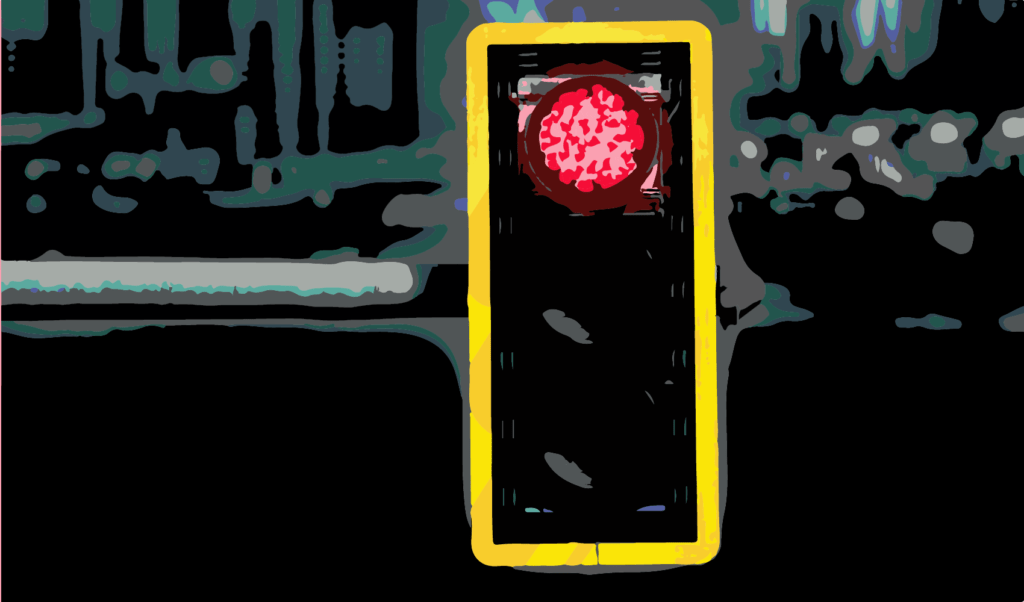 COVID has dramatically affected road use and behaviours. : Michael Joiner, 360info CC BY 4.0
COVID has dramatically affected road use and behaviours. : Michael Joiner, 360info CC BY 4.0
Senior Commissioning Editor, 360info Asia-Pacific
In this Special Report:
- One devastating way lockdowns changed driver behaviour – Matthew G. Nagler, City College of New York
- Fixing India’s deadly roads – Geetam Tiwari, Indian Institute of Technology
- This is what drives reckless behaviour on the road – Kira Mauseth, Seattle University
- Delivery drivers dicing with death – Evan Iacobucci and Noreen McDonald, University of North Carolina
- Road deaths are like a pandemic – Sarah Jane Fox, Leicester University
The pandemic changed many aspects of road use but as lockdowns ease and traffic builds, familiar challenges to keeping people safe remain.
Around this time every year governments and police forces in many countries launch a campaign to save lives on the roads.
Police will target drink-driving. Or speeding. Seatbelts. Driving while tired.
And, despite the money and time and effort, every year people will die.
Last month, the UN Road Safety Fund launched a new global campaign to inform people of the impact of unsafe roads for children. It says every 24 hours, 500 children die on roads globally.
“Awareness is the first step towards addressing the global road safety challenge,” says Nneka Henry, head of the UN Road Safety Fund.
According to the World Health Organization about 1.3 million people are killed on the world’s roads and 20-50 million are injured every year.
Making roads less dangerous is a key platform of the UN’s mission to halve road deaths by 2030.
How the pandemic affects that goal has yet to be fully established. In most countries, road deaths fell in 2020 and 2021. In others, the roads were more dangerous than the pandemic.
What is certain is that COVID-19 dramatically changed road use.
In many nations, lockdowns emptied the streets — sometimes for months. It offered a rare glimpse at what travel looked like with fewer cars. In many cities, it handed power of the roads back to cyclists and pedestrians.
Unsurprisingly, with fewer vehicles on roads there were fewer accidents. But of those who did venture out, some drivers took more risks and accidents were deadlier.
What does the road ahead look like? While improvements in technology will continue to make vehicles and traffic infrastructure safer, human behaviour remains the common element in all interactions on the road.
REALITY CHECK
More than 90 per cent of the world’s fatalities on the roads occur in low- and middle-income countries, even though these countries have approximately 60 percent of the world’s vehicles.
More than half of all road traffic deaths are among vulnerable road users: pedestrians, cyclists, and motorcyclists.
Road traffic crashes cost most countries 3 percent of their gross domestic product.
BIG IDEAS
Quote attributable to Matthew G. Nagler, City College New York:
“The pandemic upset many long-standing patterns of interpersonal interaction. By forcing people into lockdown — in many cases for over a year — it kept them from interacting in familiar settings: workplaces, the shops, at community organisations, places of worship … and on the roads.”
Quote attributable to Geetam Tiwari, Indian Institute of Technology:
“The proportion of vulnerable road deaths on rural highways continues to be high in India because many sections of its national and state highways pass through densely-populated areas where local residents have to walk along these roads, cross them, or wait on the shoulders for public transport.”
Quote attributable to Kira Mauseth, Seattle University:
“With lockdowns and uncertainty, the pandemic has been a long-term disaster cascade which has put everyone under stress … When we are overly stressed, feel threatened or sense danger, our limbic system activates in order to engage a response that will protect us.”
Quote attributable to Evan Iacobucci and Noreen McDonald, University of North Carolina
“Delivery drivers often draw ire for blocking traffic, but research shows they try to avoid so when possible.”
Quote attributable to Sarah Jane Fox, Leicester University:
“Safety has improved greatly in recent decades as a result of collaborative efforts, such as the cross-border exchange of information on road-safety-related traffic offences, the Driving Licence Directives and the Sustainable and Smart Mobility Strategy.”
Originally published under Creative Commons by 360info™.
Editors Note: In the story “On the road after COVID” sent at: 05/12/2022 13:52.
This is a corrected repeat.
In this Special Report
Related content
One devastating way lockdowns changed driver behaviour
Pandemic lockdowns had a serious — potentially fatal — effect on the way drivers interact with each other on the roads.
This is what drives reckless behaviour on the road
The uncertainty and stress of the pandemic can trigger a part of the brain which causes reckless behaviour — with potentially fatal results on the road.
Road deaths are like a pandemic
Road deaths are often seen as a domestic issue, but working together with other governments can make the biggest impact in reducing numbers.
Editor's picks
Understand your energy bills — and avoid ‘bill shock’
With many Australians experiencing ‘power bill shock’, here are some practical ways to drive down power bills and stay warm this winter.
Protests put Bangladesh on the edge of a precipice
Sheikh Hasina’s government is faced with the gravest threat to its existence in the face of sustained student agitation.
Young people want change so badly they might vote for anyone to get it
Young voters, angered by being left behind economically and politically, are voting for more extreme candidates in an attempt to be heard. What do they want?


